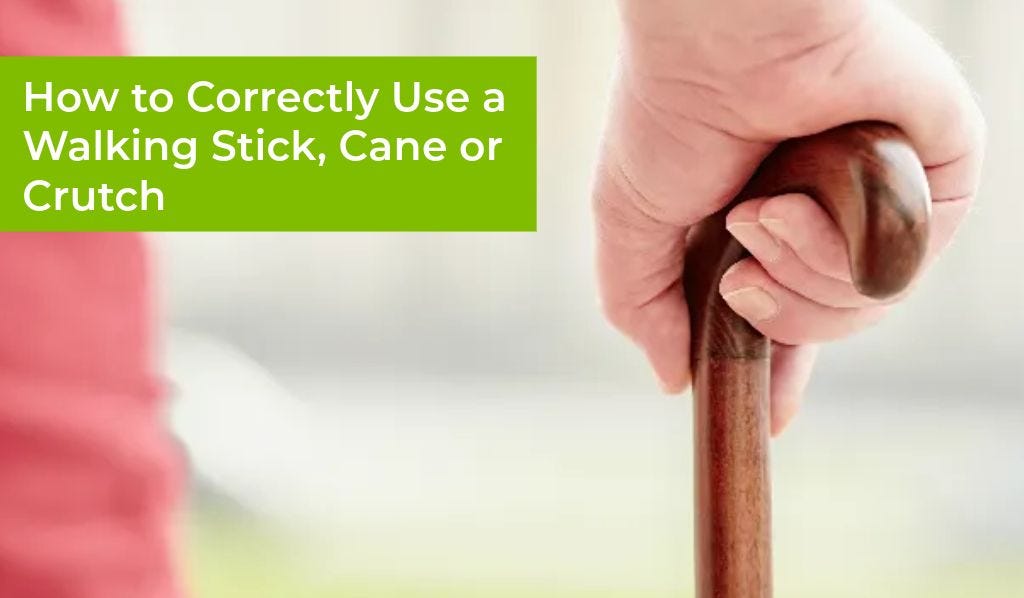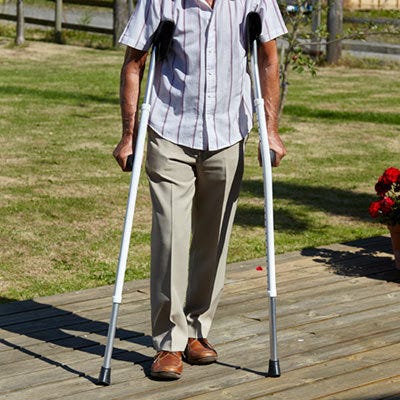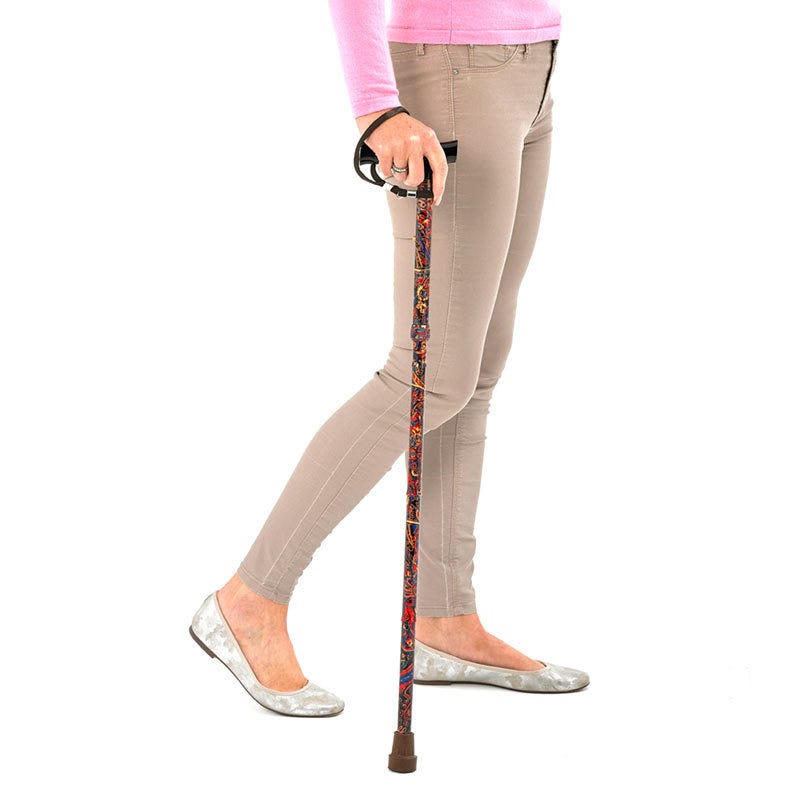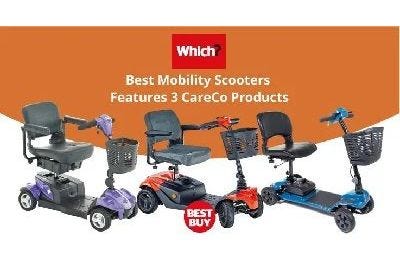A walking stick, crutch or cane may seem like a fairly straight forward mobility product to use but many use them incorrectly. This can mean you aren’t getting the full support from the walking aid or you could even be experiencing discomfort. To make sure you’re using it correctly we’ve put together a guide to the areas that people often get wrong.
Getting the Height of the Cane or Crutch Correct
The first thing to check on a cane or crutch is the height of the handle. If it’s too low it can cause you to stoop over, resulting back pain or hip pain. If it’s too high it can cause your shoulders to hunch upwards, causing pain in the neck or collar bone. Both these scenarios will also put too much pressure on certain joints as your weight will not be spread evenly enough.
Correct Height for a Cane or Walking Stick
A cane or walking stick should be set with the handle just below the bone on your wrist. This will allow you to stand upright with your arm slightly bent. If the cane or stick has pre-set notches set it at the closest notch to this height. Additionally, you should wear your typical daily shoes when setting the height.
Correct height for a Crutch
The height for a crutch depends on the type. Underarm crutches should have the hand grip at the height of your wrist bone, like a cane. This is the same for vertically cuffed crutches. For cuffed forearm crutches – where your arms sit at right angles – it can be trickier to find the right height. They should be set so your shoulders are not hunched but so you can still push off firmly.
Walking Correctly with Your Walking Aid
Walking with a stick, cane, or crutch may seem like it’s just a case of leaning on the handle but there is a specific way to do it to get the best out of the product. By doing it correctly you will take the weight off of the weaker or injured leg and transfer it through the walking aid instead.
Walking with a Cane or Walking Stick
Typically, people will hold the cane in their dominant hand or on the side of their weaker leg. But it should be held on the side of the good leg, regardless of which is the dominant hand. This due to alternating hand and leg movement when we walk. When your weak leg swings forward so will your opposite hand providing support. However, if you’re just using it for balance and your legs are equally strong then keep your dominant hand free for everyday tasks.
Walking with a Crutch
Generally, crutches are used in pairs after an injury, so walking with them is more intuitive. This will likely mean you will push off with both crutches and land on your strong leg. Over time, you may use more of your injured leg as guided by your doctor but you’ll still push off with both crutches. If you do decide to use only one crutch as you heal you should use it just as you would a cane with alternating hands and legs.
Getting the Right Grip
Having a comfortable grip is essential to using a cane or crutch effectively. For crutches this is dictated by the type you have. Forearm crutches will be necessary if you have an arm cast or wrist problems, whereas underarm or cuffed crutches will be best for strictly lower body injuries.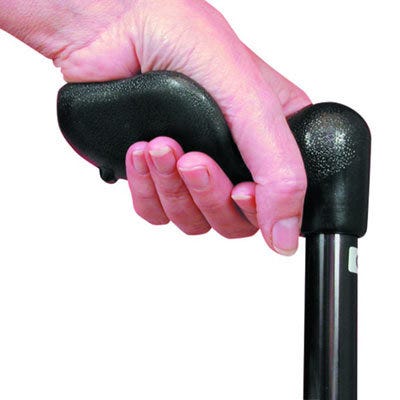
For walking sticks and canes it’s all down to the handle.
If you have a strong grip that is mostly unaffected by pain then a standard handle with curved section for you’re the ball of your hand will be comfortable. These can be solid wood, plastic or rubber coated.
However, if you have arthritis or other grip related difficulties, or your put a lot of weight through your stick and use it very frequently, a specialised arthritis cane handle can reduce discomfort.
If you follow these simple tips and buy the right walking aid you’ll be able to use yours trouble free. You can find all our CareCo Canes, Sticks & Crutches here. Read all my advice about the various walking aids available: Natasha's Recommended Walking Aids.
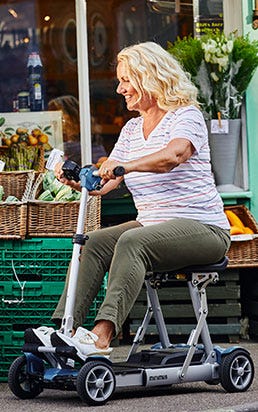

 Price Match Promise
Price Match Promise
 Next day delivery, 7 days a week
Next day delivery, 7 days a week
 Nationwide Showrooms
Nationwide Showrooms
 Rated Excellent
Rated Excellent
